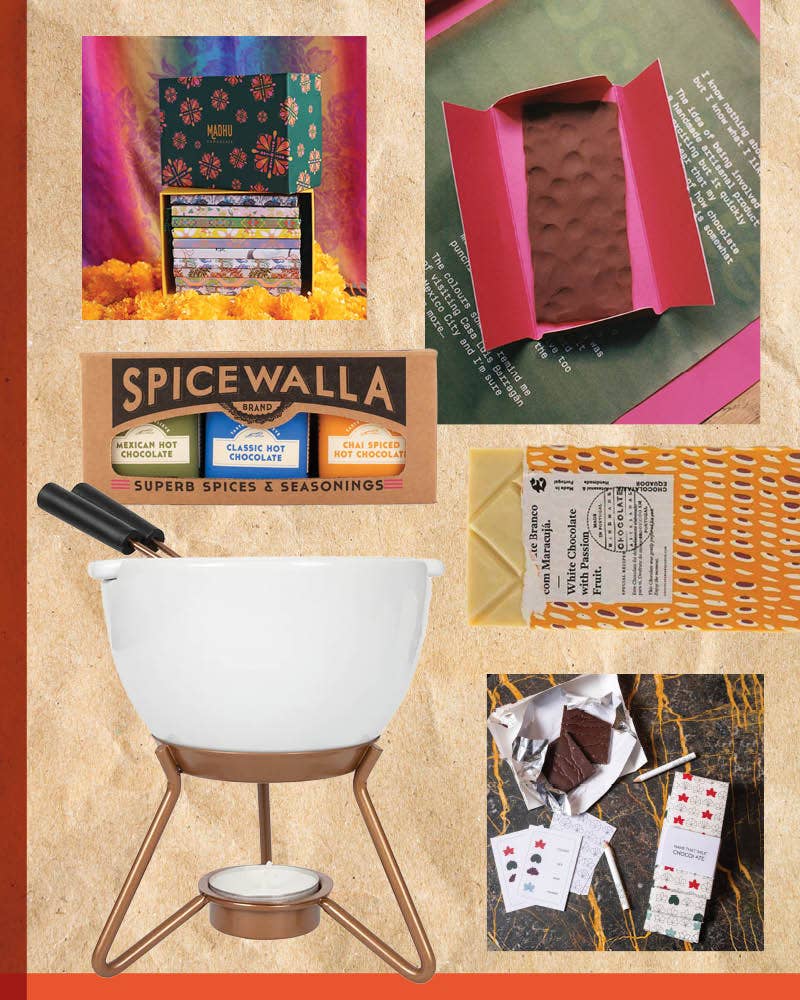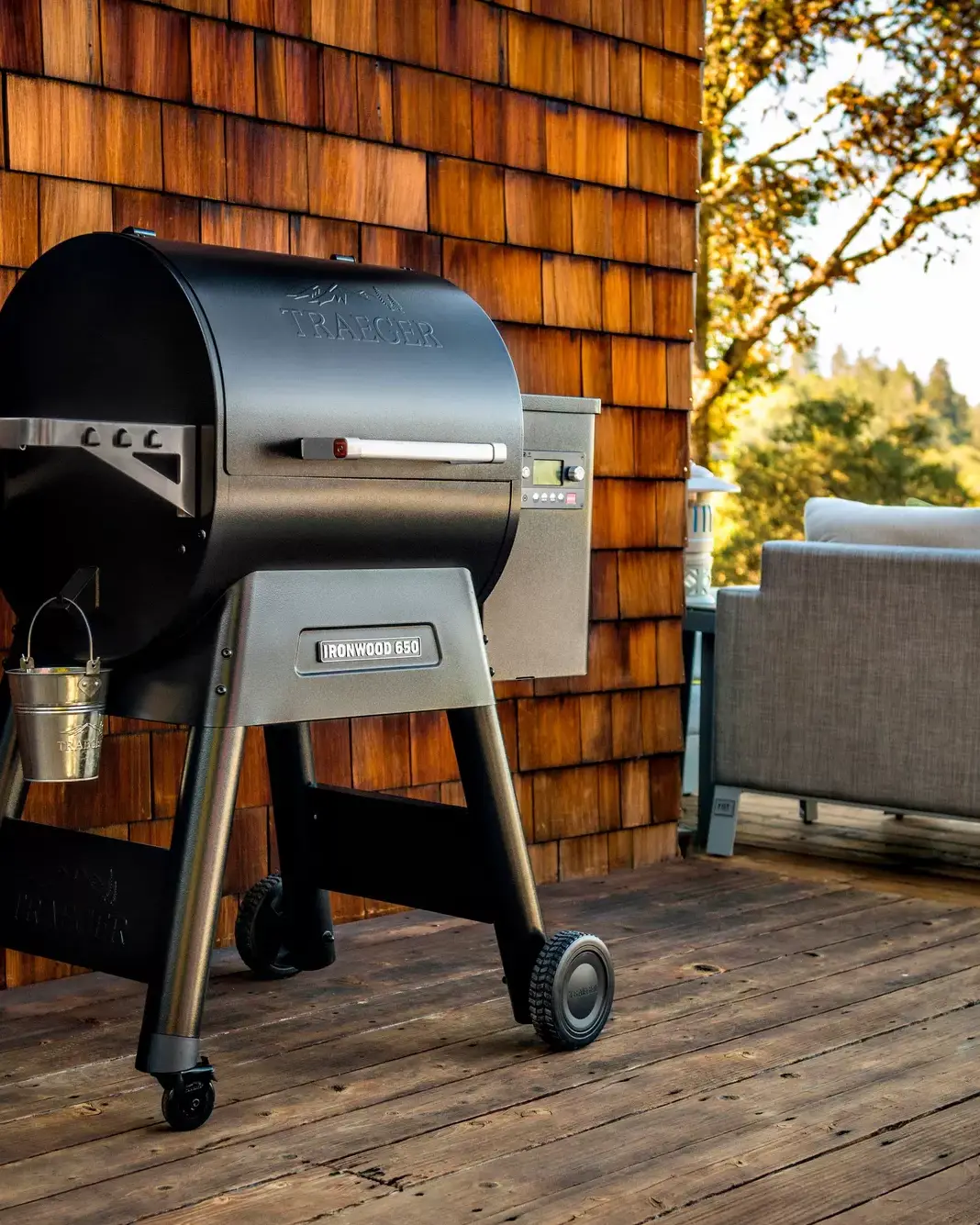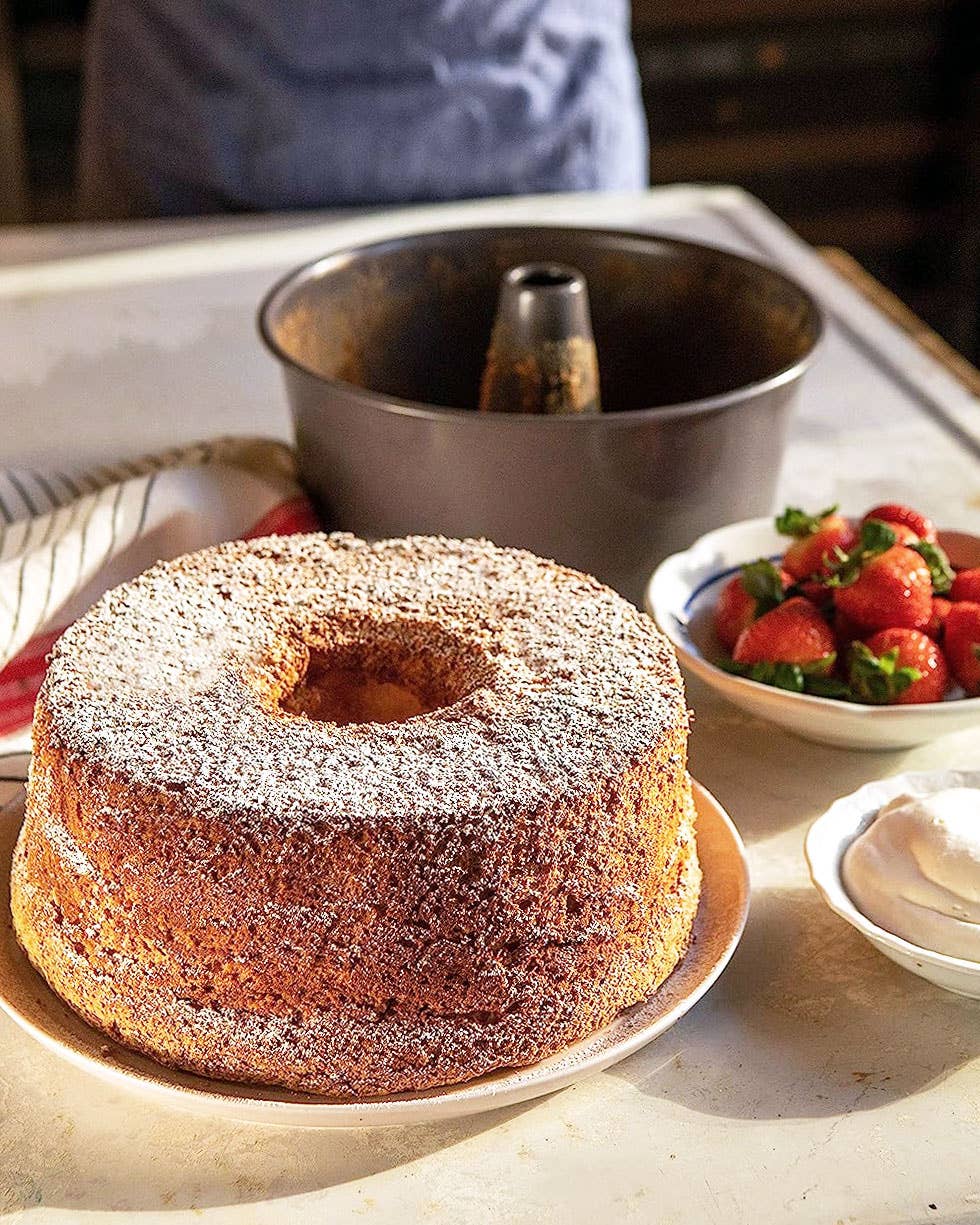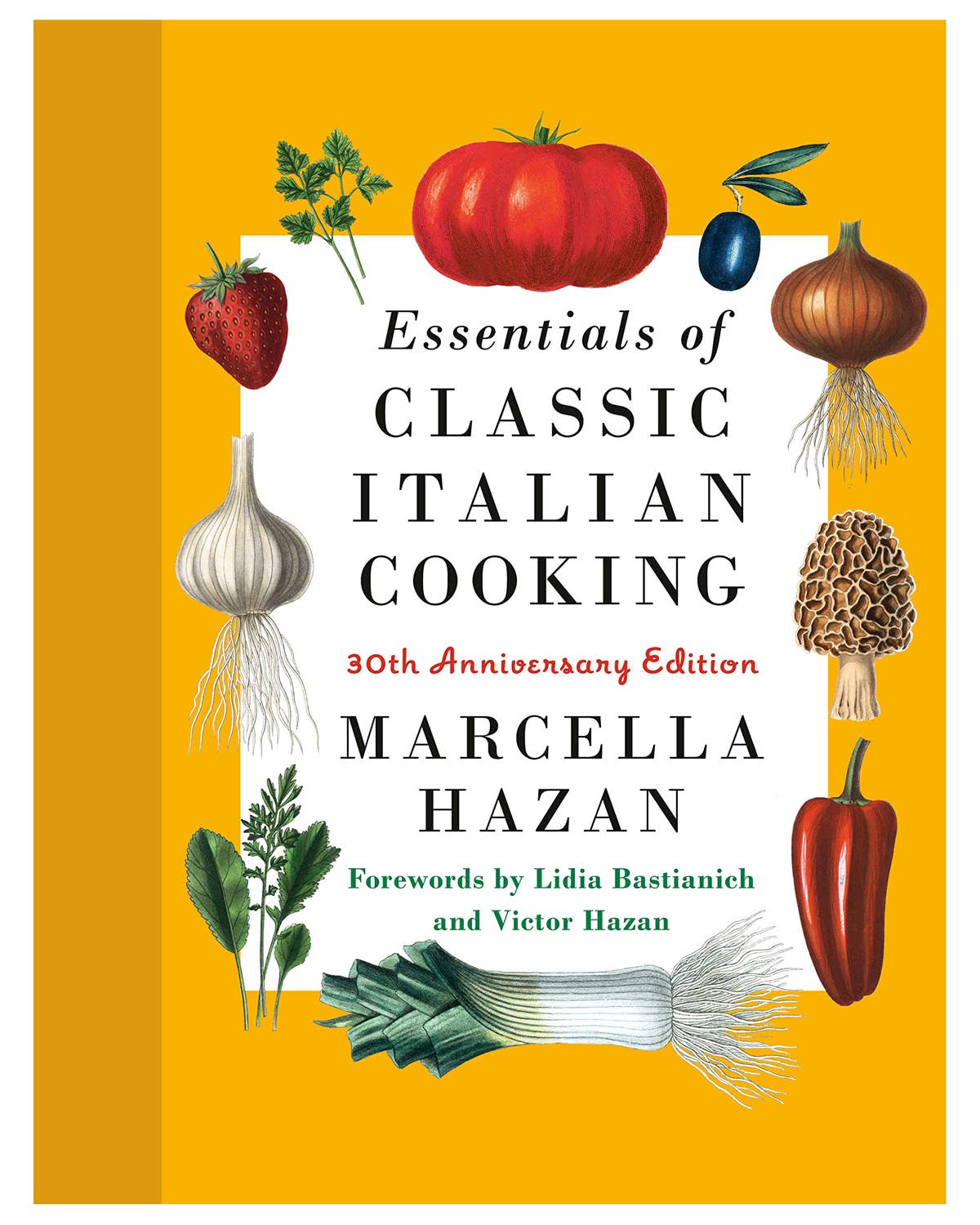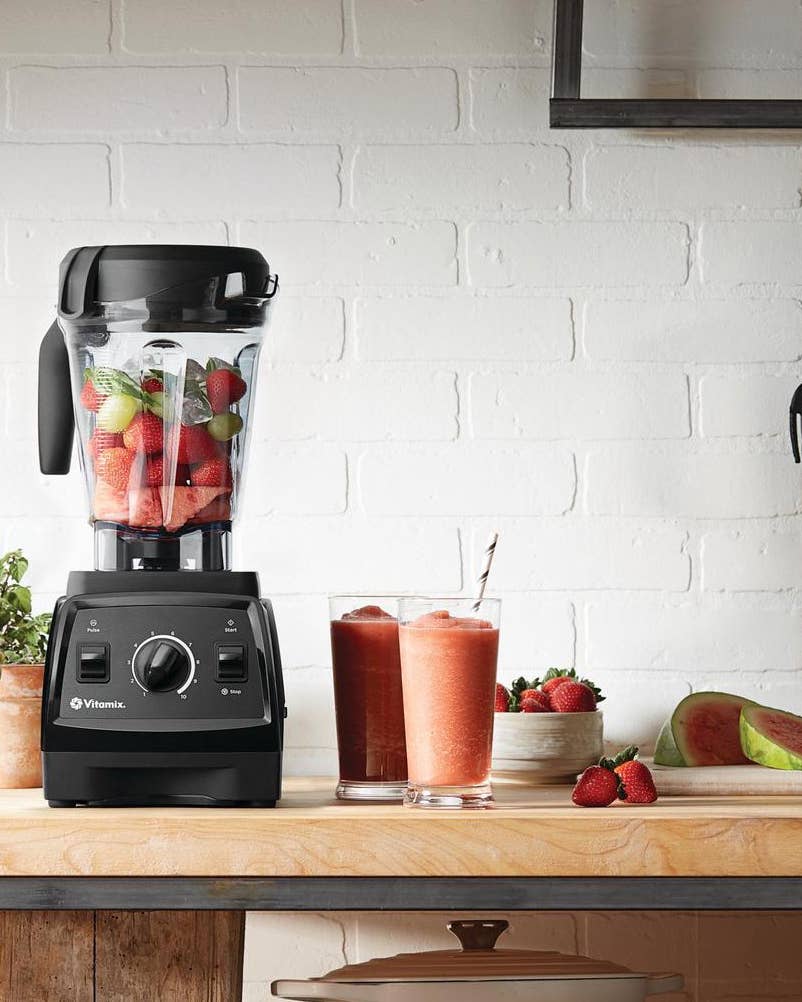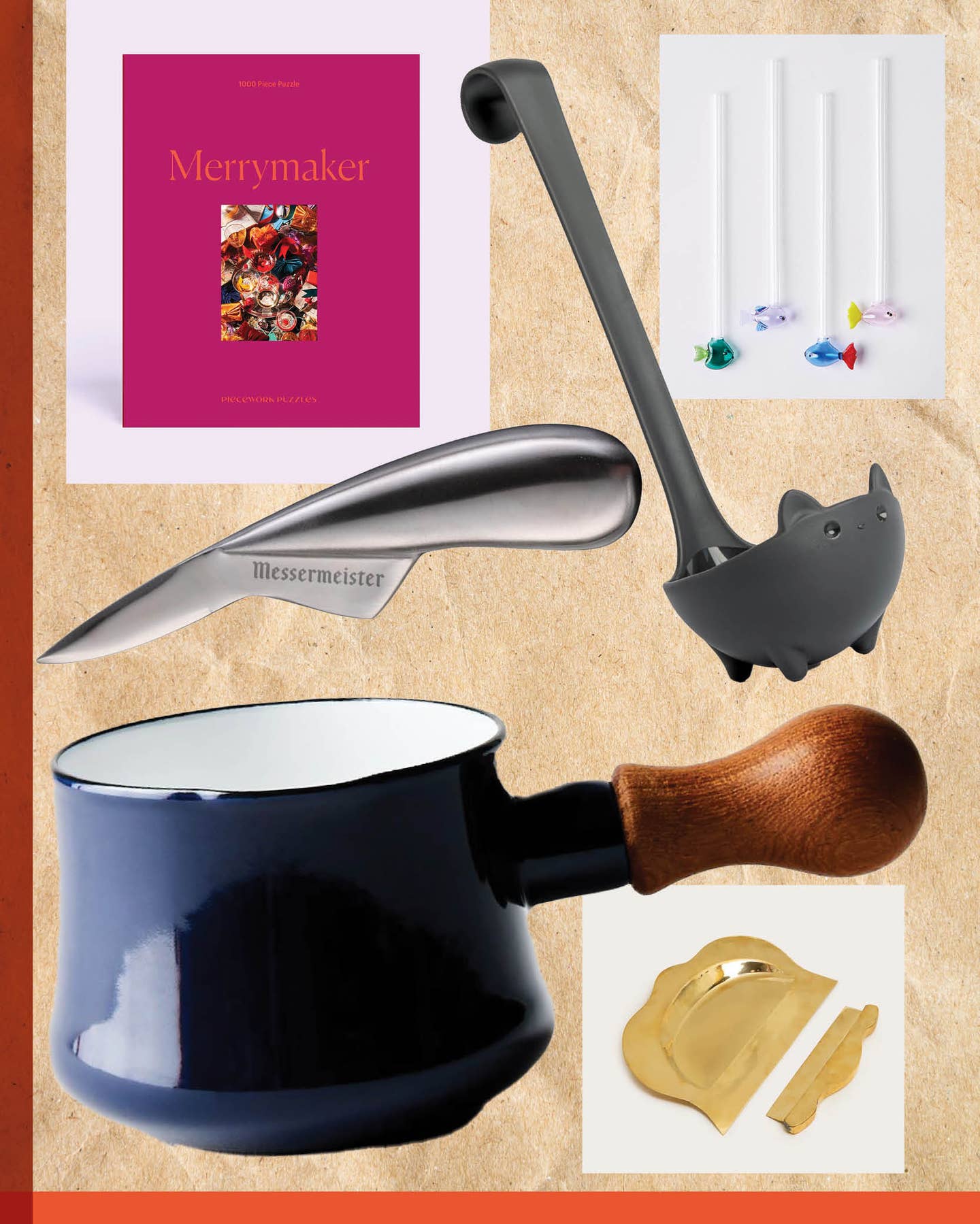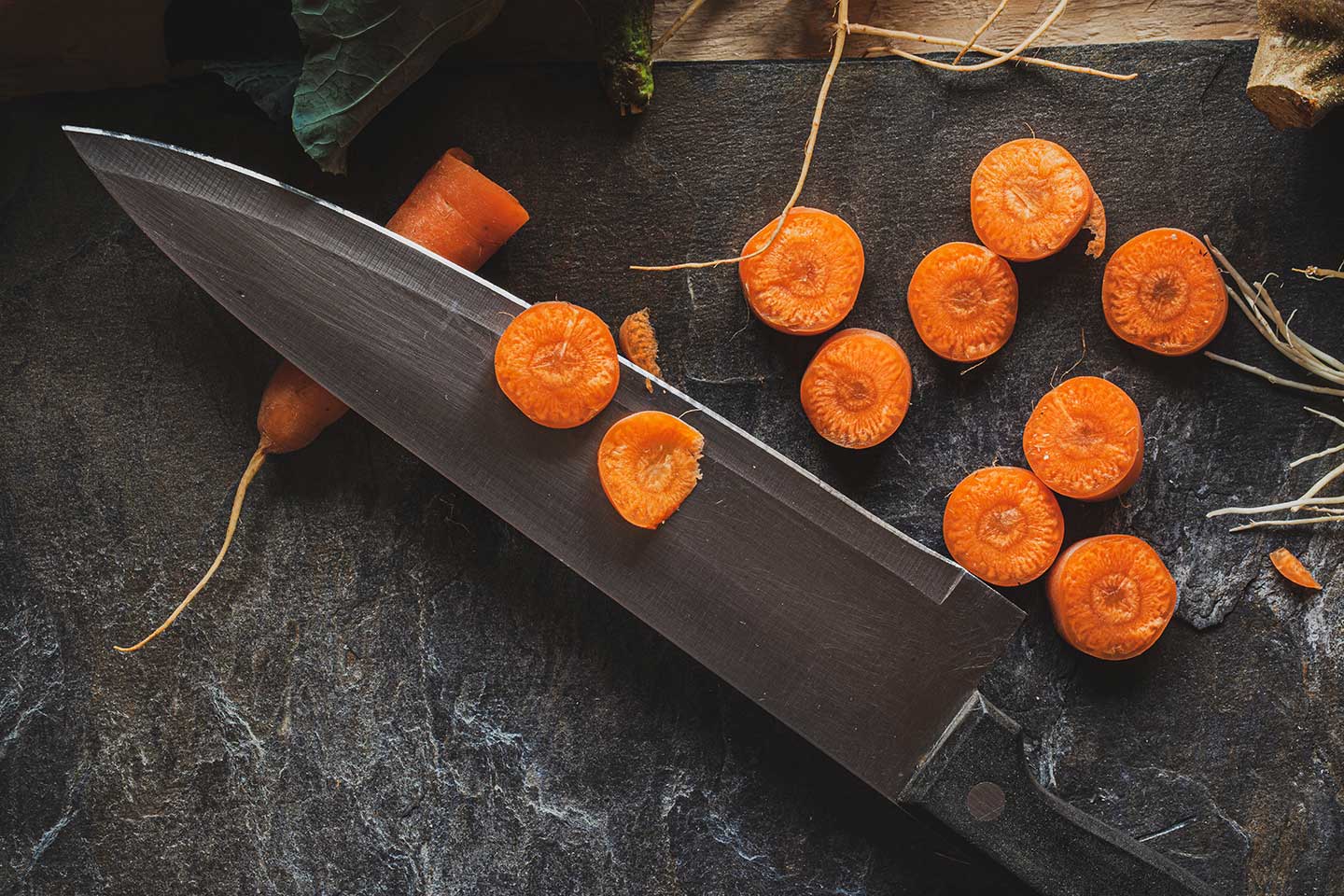
The Best Knife Sharpening Services to Rescue Dull Knives
Take good care of your most important tool in the kitchen.
A sharp knife is a pleasure: feeling the weight of the blade sinking through tomato skin like butter, gliding through a piece of meat without resistance. It might also be the most important tool a cook can have, so much so that many chefs bring their own knife roll to work rather than rely on what’s provided. While part of this comes down to preference, chefs don’t schlep their own pots and pans—a mediocre frying pan still gets the job done; a dull knife not only slows you down and requires more muscle but is downright dangerous, since it requires more force and is more likely to slip (into, say, your finger. Ouch.)
All knives need to be routinely sharpened to stay functional and safe, and unless you’re looking to pick up a new hobby in learning how to use whetstones, we recommend outsourcing the task to a professional knife sharpening service to bring out the best in your blades. We tested six popular knife sharpening services to find the best option for every type of home cook, from professional chefs to the vacationer who is presented with a drawer full of neglected blades in a rental kitchen.
To control for variation across different knife brands and styles, we sent the same knife to all of the services: the Victorinox Swiss Classic 8” Chefs Knife, a mid-range workhorse knife favored in many professional kitchens. While we were confident that all the knives would come back serviceably sharp, we asked chef Christopher Arturo of ICE’s Culinary Technology Lab to help us parse through the minutiae of the results. Chef Arturo first evaluated the anonymized knives (including one straight from the box) on sight alone, then tested each knife cutting super-thin cabbage ribbons, chiffonading herbs, and mincing shallots. Here’s which knife sharpening services cut the mustard—and which didn’t.
Our Top Picks
- Best Overall: KnifeFlight
- Best Value: Sur La Table
- Best Specialty: Korin
- Also Recommended: Chicago Knife Sharpening By Hand, Bernal Cutlery
- Not Recommended: Knife Aid
Best Overall: KnifeFlight
Price: $57 (4 knife minimum); $62 if providing “loaners" | Turnaround time: 1-3 days upon receipt | Technique: Low-speed water stones
Pros
- Reasonably priced
- Loaner knives mean you’re never knife-less
- High level of attention to finishing
Cons
- Sharpening needs to be more vigorous
Why we chose it: KnifeFlight offers expert, high-quality sharpening and is the only service that provides convenient “loaner” knives while you wait.
How it works: A new type of service has appeared on the market in the last few years: mail-in knife sharpening. The two mail-in services we tested were almost identical in process: request a prepaid mailer kit online for however many knives you want sharpened and a couple of days later, a thick cardboard envelope arrives with non-slip sleeves for each blade. (The sleeves fold in half with double-sided tape on each side. The sharp side of the blade fits into the crease, which extends a couple of inches beyond the knife tip for safety.) After you send out your knives via a USPS prepaid label, Knife Flight ships back your sharpened knives within 1-3 days of receipt in the same packaging you sent out. KnifeFlight was also the only service we tried offering “loaner” knives, which we thought was a no-brainer. “No one wants to be without their knives, right?” says Jess Miller, co-founder of KnifeFlight. “We have to use them every day. And so if you're needing to get them all sharpened, it’s nice to get them all done at once instead of having to send them in chunks.”
Technique: KnifeFlight uses a combination of Tormek machines and handheld whetstones. “The Tormek is a wheel that turns kind of like a grinder would,” explains Miller, “but it moves at a much slower speed and it's pushing water up on the blade the entire time it's spinning so that the blade isn't getting hot, therefore not affecting that temper of the metal.” After the machine and whetstones, knives are finished on a leather strop, which removes microscopic-level burrs and inconsistencies. Finally, they are cleaned with Bar Keepers Friend to remove any grit or residue from the sharpening process.
Results: As chef Arturo inspected the knife, he nodded approvingly. “They took some time with a finer stone at the end, like 6,000, 8,000 grit or above to get it nice and shiny.” In testing, the knife performed well—if not exceptionally. “I’m definitely getting thin cuts, but they took off too little [of the blade]—they didn’t provide enough pressure. But this is definitely usable, I would be happy with this.” Arturo’s approval, coupled with the reasonable price and convenience of loaner knives, makes this the leader in our evaluation.
Best Value: Sur La Table
Price: First knife free, $5 after that | Turnaround time: Generally two to three days | Technique: Modular pull-through sharpener
Pros
- Affordable
- Fast
Cons
- Destructive to your blade over time
- Not recommended for high-end knives
- No loaners
Why we chose it: Sur La Table offers speedy, convenient sharpening at less than half the price of the other services we tested.
How it works: With sharpening services at all stores nationwide, Sur La Table is a solid option for those who want to sharpen a lot of knives on a budget or are in a hurry. Drop off your knives and pick them up a couple of days later; it’s super easy.
Technique: This was the only knife sharpening service that used a pull-through sharpener—essentially the high-end version of what many people have languishing in a drawer at home—which are often disparaged by the pros because they shave off a decent amount of metal as they sharpen. “You're losing so much metal so quickly,” says chef Arturo, “and you have very little control of the curvature of your blade.” However, they don’t require specialized skills and yield a serviceable result in under five minutes. Another common critique of pull-through sharpeners, according to chef Arturo, is that they often sharpen the blade to much too narrow and angle, making it delicate and more prone to dulling. However, the model that Sur La Table uses (the Chef'sChoice Commercial EdgeSelect Diamond Knife Sharpener) has swappable modules for European-style and Japanese-style knives. “For European edges traditionally, you would want a wider edge,” says Matt Loonen, the knife technician at the Columbus Circle Sur La Table in NYC. “So for European or Western style knives, we tend to sharpen a little wider, like 20 degrees, versus like 15 degrees, which we would use for Shun or Miyabi [Japanese knives].”
Result: Chef Arturo spotted the Sur La Table sharpening technique immediately: “You see how there's a mark on the heel there, like they only sharpened from ‘here’ on? This was definitely pulled through a pull-through sharpener.” The Sur La Table-sharpened knife fared admirably In testing, but Arturo wasn’t entirely impressed. “Its a pretty sharp knife now, and it does it’s job, but it’s not going to last for long,” explained Artuto. “To be honest with you, have I used them? Absolutely. When you’re blowing through say, 1,600 lamb saddles, you don’t have time for a stone. You go zzzp zzzp zzzp, and at the end of the day, you have to throw the knife away.”
Best for Pros: Korin
Price: $17.50/knife | Turnaround time: Roughly 2 weeks | Technique: Japanese water-cooled stone wheel, whetstones
Pros
- Exceptional knife sharpening
- Highly Customizable
Cons
- Long turn-around time
- No loaners
Why we chose it: Favored by chefs and serious home cooks alike, Korin is a highly regarded destination for those who take their knives very seriously.
How it Works: Knives can be either dropped off in-person at their Manhattan store or mailed in. Korin’s highly-specialized knife sharpening service is tailored to each knife—not just to the style of a knife or condition of a blade, but also considering steel composition, style, and even intended application. This service is not ideal for those in a hurry, as standard turnaround time is at least two weeks after receipt.
Technique: Vincent Lau, Korin's in-house knife sharpener of nearly 12 years, starts with a custom Japanese water-cooled stone wheel (more often used by knife-makers than knife-sharpeners) to define the edge. The convex nature of the round wheel allows for a high-level of precision, says Lau, allowing them “to reform an edge if needed, or to maintain a concave shape on the back of single-bevel knives." He then uses a series of buffers, finally finishing the knives by hand with whetstones. The process can be further customized based on the type of steel and what the user is doing with their knife. "Let's say a customer is sharpening specifically to cut a lot of meat. I will sharpen the knife so that the knife will excel at that,” Lau explained, “or let's say they're cutting a lot of vegetables, I can sharpen a knife towards that. There's a lot of different things we can do to bring out the potential of the knife."
Results: When I laid out the anonymized knives in front of chef Arturo, he immediately identified the knife sharpened at Korin. “This one was sharpened by Vincent [Lau]. You can see that it was finished on a light feather wheel, but only on the finished edge.” In testing, cabbage was easily sliced into paper-thin strands and basil chiffonaded into feathery wisps.
Also Recommended: Chicago Knife Sharpening By Hand
Price: $7 for knives under 4 inches; $10 for knives 4 to 10 inches; $15 for knives 12 inches and up. $15, S/H $10.00 per order (orders over $50 ship free.) | Turnaround time: Call for estimate | Technique: Whetstones
Price: Case-by-case basis | Turnaround time: Call for estimate | Technique: Wet Grinding and Japanese whetstone sharpening
Why we chose it: While we didn’t test these services (we were focusing on broad availability), if you live in a city, there is likely a reputable, professional sharpening service that sharpens with whetstones or other slow, wet grinding techniques.
Not Recommended: Knife Aid
Price: $59 + $5 shipping (4 knife min.) | Turnaround time: 24-hrs upon receipt | Technique: Air-cooled belt sharpener
Pros
- None
Cons
- Poor sharpening
- No loaners
Why we chose it: Knife Aid was comparable to KnifeFlight with respect to price and process, but the quality of sharpening fell well below our expectations.
How it Works: This was the second mail-in service we tested, and functionally the two were the same: request a mailer, package knives, send out. The packaging materials were the same, the turnaround time was the same (I shipped out the knives on a Monday and received them back the following Monday).
Technique: Knife Aid uses an air-cooled belt sharpener. While this can be used for culinary knives, this type of sharpener is also often used for sharpening tools, due to the fast and destructive nature of the belt sanding process. Air-cooling is also less efficient than water-cooling, which could lead to overheated knives, resulting in loss of knife temper. (Tempering is a step in knife manufacture that involves heating and holding a blade at a high temperature for 2+ hours) While a properly tempered blade will both hold a sharp edge and retain strength and flexibility, ruined temper results in brittle blades that dull quickly.
Results: On chef Arturo’s first inspection in the ICE lab, something caught his eye. “I can see that there are a couple of actual divots, and I can feel the burr on the other side—whoever sharpened this didn’t do a very good job.” My untrained eye had a similar reaction when I opened up the Knife Aid knives at home: my stomach sank. The cutting edge of three knives bowed out at the center and inward at the heel, creating what’s called a “swale”. To confirm this, chef Arturo placed the blade on a cutting board, sharpened edge down. “See how the shadow bends away at the ends? Unevenly timed strokes. It adds too much curvature.”
The problem with this, Arturo explained, is that you then have to make additional effort to rock the knife backward, rather than just down, to cut all the way through. Ideally, you want the tip of the knife to slope into a straight cutting edge meeting the heel at 90 degrees, allowing for maximum surface contact with the cutting surface. (Otherwise you end up with what Arturo calls “accordion scallions,” where the knife doesn’t cut all the way through and the scallions won’t separate.) The third issue Arturo identified was that “they didn’t even sharpen the tip, which is one of the most important parts of a knife in fine knifework!” Arturo’s ultimate assessment? “This is garbage, unusable.”
Features to Keep in Mind When Searching for a Knife Sharpening Service
Online vs. In Person
Online knife sharpening services offer the convenience of not having to leave your home, but you have to request the mailer, wait for it to arrive (in the case of KnifeFlight and Knife Aid), ship the knives, and wait for them to come back. This could take well over a week. With Korin you don’t have to wait for the mailer, but their turnaround time is longer. While Sur La Table and other brick-and-mortar stores are the fastest option, they do require multiple trips.
Cost
Professional knife sharpening services range from $5 per blade to upwards of $20 per blade. The disparity isn’t significant if you’re just sharpening a couple of knives that you really care about, and we think it’s worth the investment, but if you are sharpening a lot of knives or are cost-conscious, the budget options (like Sur La Table) are entirely satisfactory.
Time Needed for Sharpening
Turnaround times ranged from two days to over two weeks. If you’re really pressed for time, the super sharp loaner knives from Knife Flight are a perfect solution while you wait for your blades to come back.
Delivery & Shipment
The provided shipping materials and prepaid shipping label from KnifeFlight and Knife Aid make shipping and receiving your knives foolproof. If you send your knives to Korin, you’re responsible for safely and securely packaging your knives for the mail.
Ask the Experts
Q: How do professional chefs sharpen their knives?
Most professional chefs will sharpen their personal knives themselves using whetstones, which are just what they sound like: rectangular stones, lubricated with water, used to sharpen blades by rubbing the alternating sides of the cutting edge against the stone at an acute angle. It requires training and finesse, but many chefs and home cooks swear by it as it is the best way to get the sharpest edge and longest life out of a knife. Chef Arturo dedicates a full class to knife sharpening at ICE, and Matt Loonen from Sur La Table (the only service that didn’t incorporate stones into their sharpening) admits that he uses stones on his knives at home.
Then again, if a chef is operating on a large scale on a time crunch, a dull knife will often get the “pit crew treatment” to get back in operation as quickly as possible. That’s where commercial-grade pull-through sharpeners are useful, like the ones at Sur La Table (the model they use is the top of the line). The downside is that this heavily detractive approach will wear down your blade over time, creating a “swale” with repeated use, ultimately rendering it useless.
Q: What is the best knife sharpening method?
The best knife sharpening method will depend on your needs as a cook. If you are interested in learning how to properly use whetstones, the skill will serve you well over the long run. “This technique gives you the most control, and sharpens the knife gradually so if you mess up on a stone, you can still salvage the knife—which isn’t true of other methods. The type of stone and grit is up to the individual,” Chef Arturo explains, “but the lower the number the more abrasive the stone is, and the higher numbers have a fine edge.” If you’d rather skip the fuss and just want to get back to chopping, then sending your knives to a professional sharpening service is the way to go. The one thing all the experts agreed on? Don’t subject your knives to a cheap pull-through sharpener!
Our Take
As we wound down our testing, chef Arutuo gestured to the cutting board. “You see how there’s no green stain? Notice how we’re not crying [from the onions and shallots]?” He described how a sharp knife cuts cleanly and a dull one destroys the cells, preemptively “releasing all the flavor and aroma you want in your dish. Sharp knives and good knife work can introduce a whole new level of flavors and textures.”
I thought about what Matt Loonen, the sharpener at Sur La Table told me. “If you stick to any school of thought and practice with care and precision, you're going to get a sharp knife. It's in the tiny, fancy nuances—that's where you would have to practice under a Master, like the guy over at Korin."
And yes, if you live in New York City or are passionate about your knives, Korin is a worthwhile destination. For convenience, value, AND excellence, we recommend Knife Flight. Sur La Table is a great option if you’re short on time or trying to save a few bucks. Ultimately, the best knife is the sharpest one available to you.
Keep Reading
Continue to Next Story



